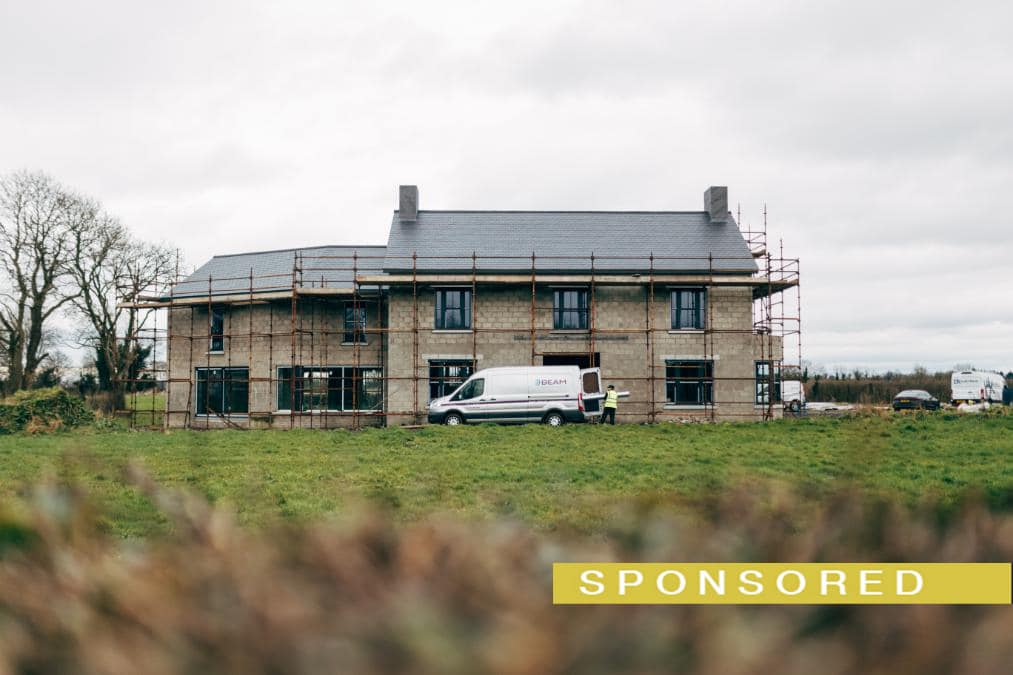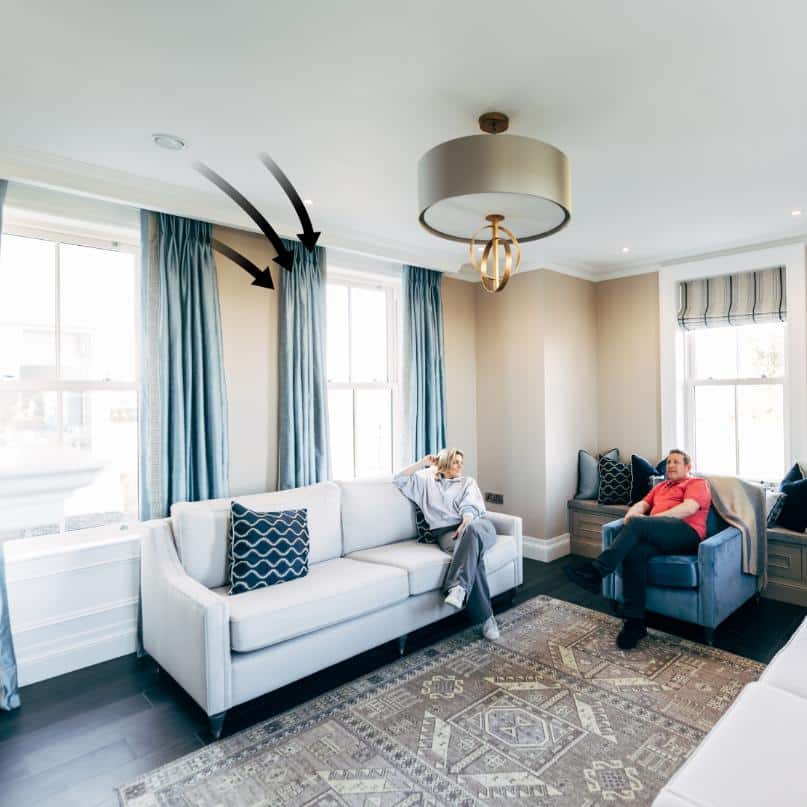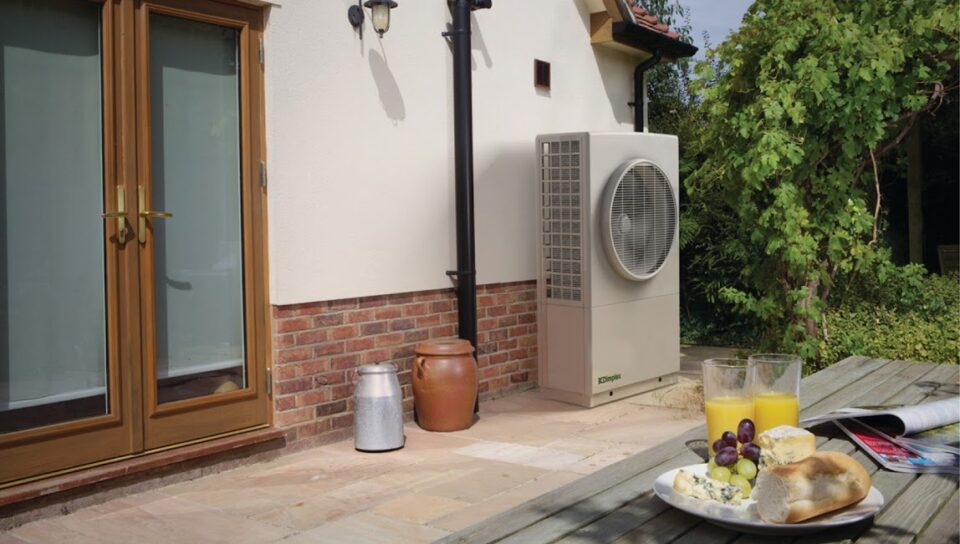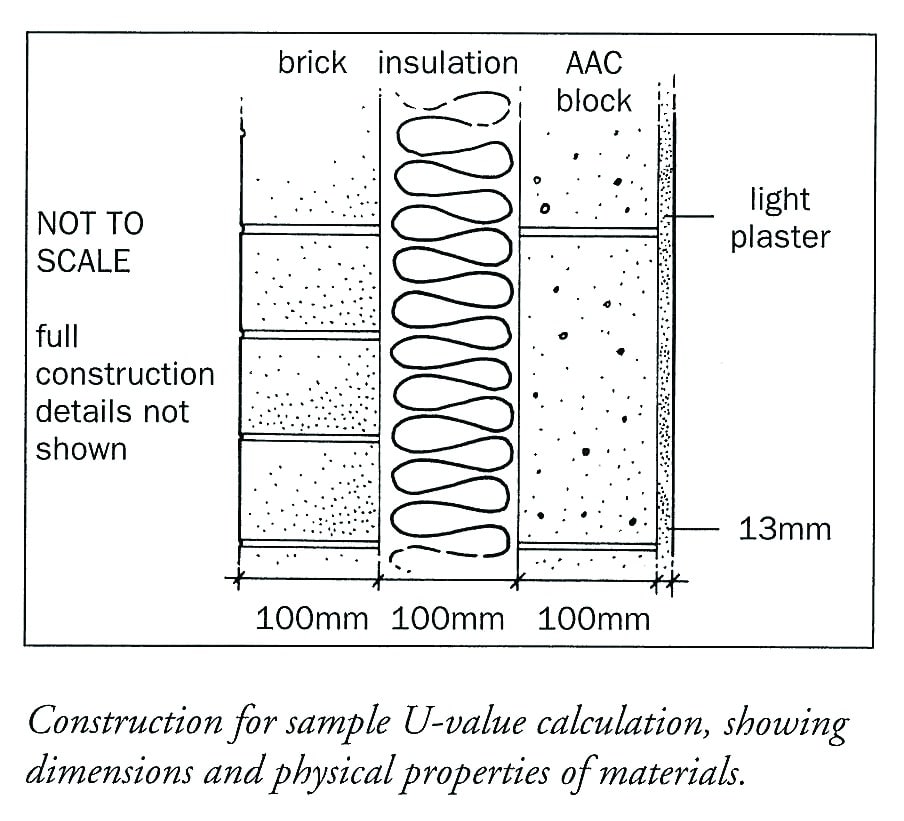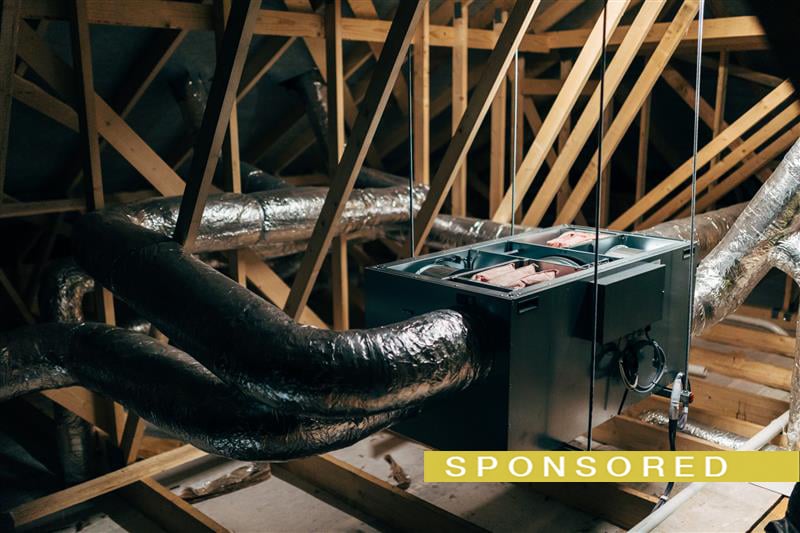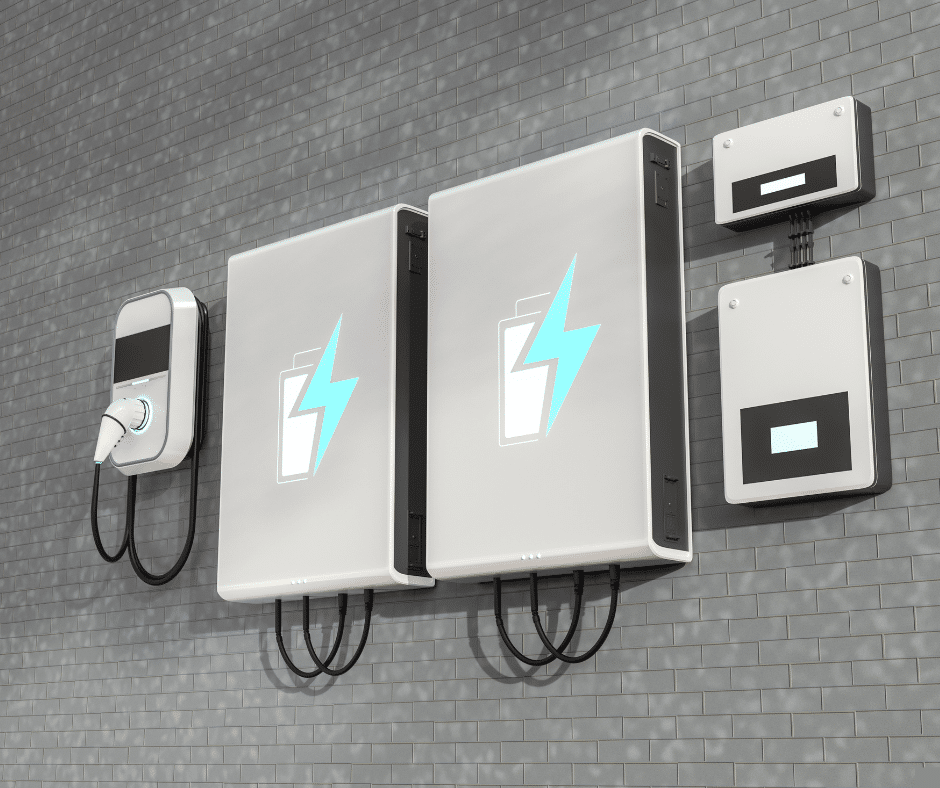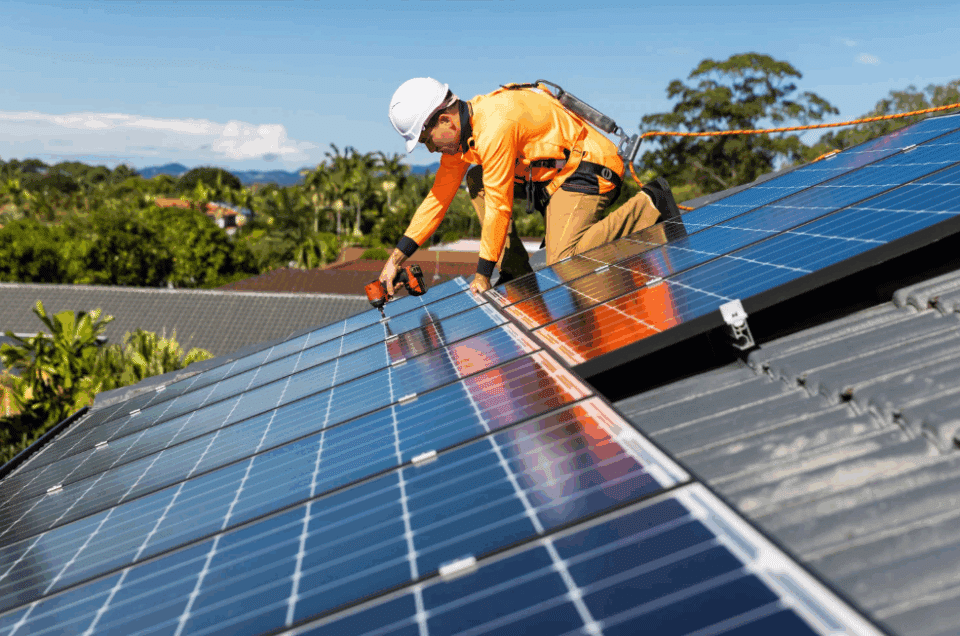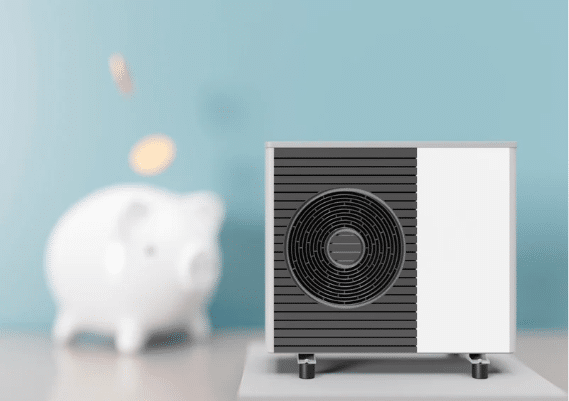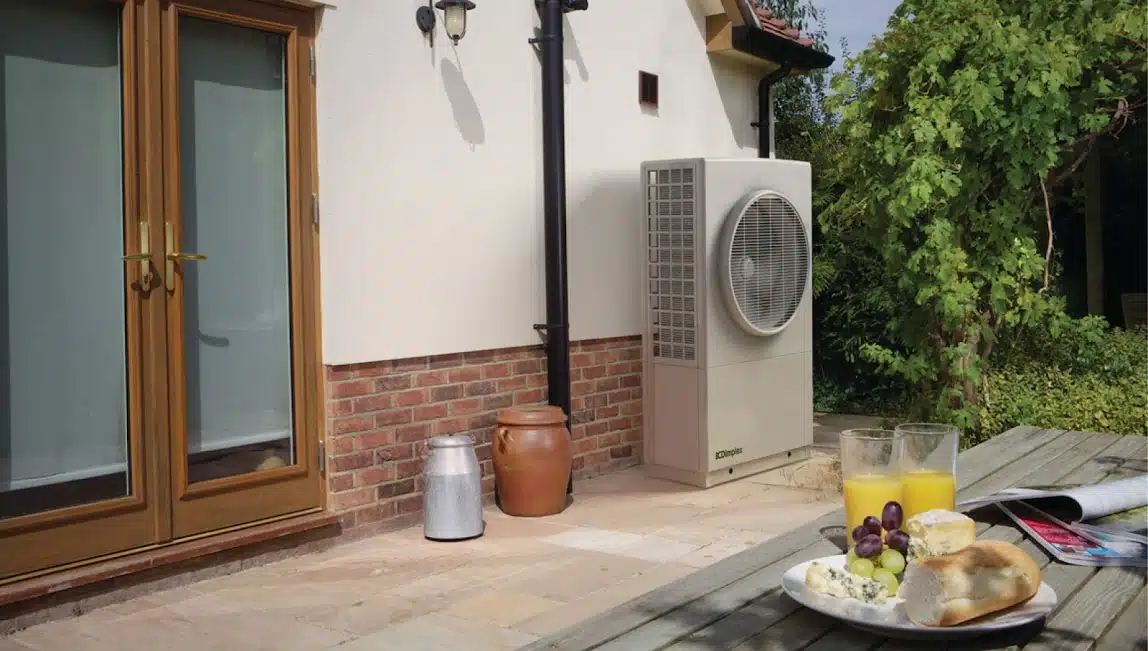To meet building control regulations, adequate ventilation is required for every new build home.
The type of ventilation used is determined by several factors including:
• Airtightness level
• Lifestyle of the house occupants
• Overall house construction type
• Budget
With these factors in mind, it is important to talk to a ventilation expert and get advice on the best method of ventilation for your home.
Why is ventilation so important?
New build homes are typically being built as airtight as possible to achieve a higher level of energy efficiency. Double or triple glazing, sealed doors and high levels of insulation, all contribute towards enhanced u-values. This increase in energy efficiency and airtightness means there is little or no natural ventilation, and so a planned ventilation approach is critical to avoid poor indoor air quality.
Poor indoor ventilation causes streaming windows, musty odours, dampness, condensation, mould growth and excessive carbon dioxide in the home. Poor indoor air quality also has a negative effect on asthma or allergy sufferers.
What ventilation options are available for new build homes?
In the Republic of Ireland (ROI), ventilation (meeting Part F & Part L compliance) in domestic houses is provided by:
In Northern Ireland (NI), ventilation (meeting Part K Building Regulations) in domestic houses is provided by:
- Mechanical Ventilation with Heat Recovery (MVHR)
- Mechanical Extract Ventilation (MEV)
- Positive Input Ventilation (PIV)
- Passive Stack
- Basic Ventilation (trickle vents/extractor fans)
There are many energy saving features in mechanical ventilation systems. All mechanical ventilation systems provided by BEAM are compliant with Building Regulations Northern Ireland Part K and Republic of Ireland Regulations Parts F & L.
Mechanical Ventilation with Heat Recovery (MVHR)
What Is Mechanical Ventilation with Heat Recovery (MVHR)?
An MVHR System is considered the most energy efficient method of ventilating an airtight dwelling. It provides continuous extraction of stale moist air and supplies constant clean, fresh filtered air into the home, while recovering heat from the extracted air.
BEAM MVHR Systems recover up to 95 per cent of heat from the extracted air.
The system comprises of a low energy heat recovery ventilation unit (located in the roofspace/utility/plantroom or garage) and a series of rigid ducting.
How does Mechanical Ventilation with Heat Recovery work?
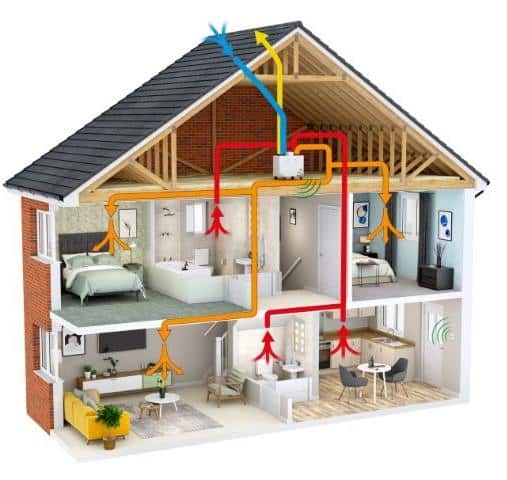
- Fresh air is continuously drawn into the home via a low-energy heat recovery ventilation unit, located in the roofspace or utility area of the home.
- The ventilation unit filters incoming air to remove pollutants and insects,
- The incoming air passes through the heat exchanger within the ventilation power unit.
- The warmed, clean, fresh filtered air is distributed around the home through a series of ducts which are run to each habitable room i.e. living rooms, bedrooms, etc.
Is MVHR the best method of ventilation for my new build home?
This whole home ventilation system is the most popular method of ventilation for new homes, and for many it is considered essential for an airtight or highly insulated home.
MVHR helps regulate indoor humidity levels, preventing condensation, musty odours and mould growth. The system is also beneficial for asthma and allergy sufferers as pollen, dust and other triggers are filtered out of the incoming air.
Mechanical Extract Ventilation (MEV)
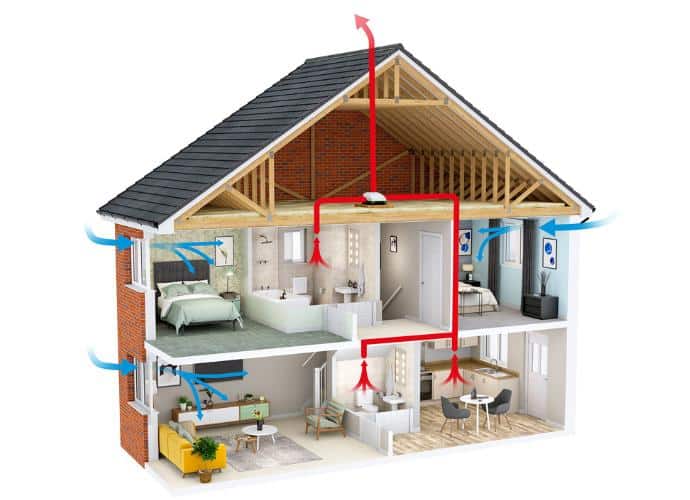
What is Mechanical Extract Ventilation (MEV)?
An MEV system comprises of a low energy, high performance fan which is usually installed in a roof space or cupboard. A network of ducting to all wetrooms and discreet extract ceiling valves are in each wetroom to remove moisture-laden air.
How does Mechanical Extract Ventilation (MEV) work?
The low energy unit runs continuously in trickle mode to provide continuous background extraction of stale moist air from wet rooms. e.g. Kitchens and bathrooms.
With its automatic demand-controlled operation, the system will automatically boost when higher levels of humidity are detected (i.e. when showering) and will then return to trickle fan speed when humidity levels drop.
An MEV system eliminates the need for noisy extractor fans which create multiple breakout points in the building, creating draughts, air leakage and heat loss.
Is MEV the best method of ventilation for my new build home?
This system is primarily for use in dwellings up to up to 300m2/3200sq.ft with six wetrooms or fewer. As there are no breakout points within the thermal envelope of the house, Mechanical Extract Ventilation provides significant energy savings and allows new homes to be built airtight.
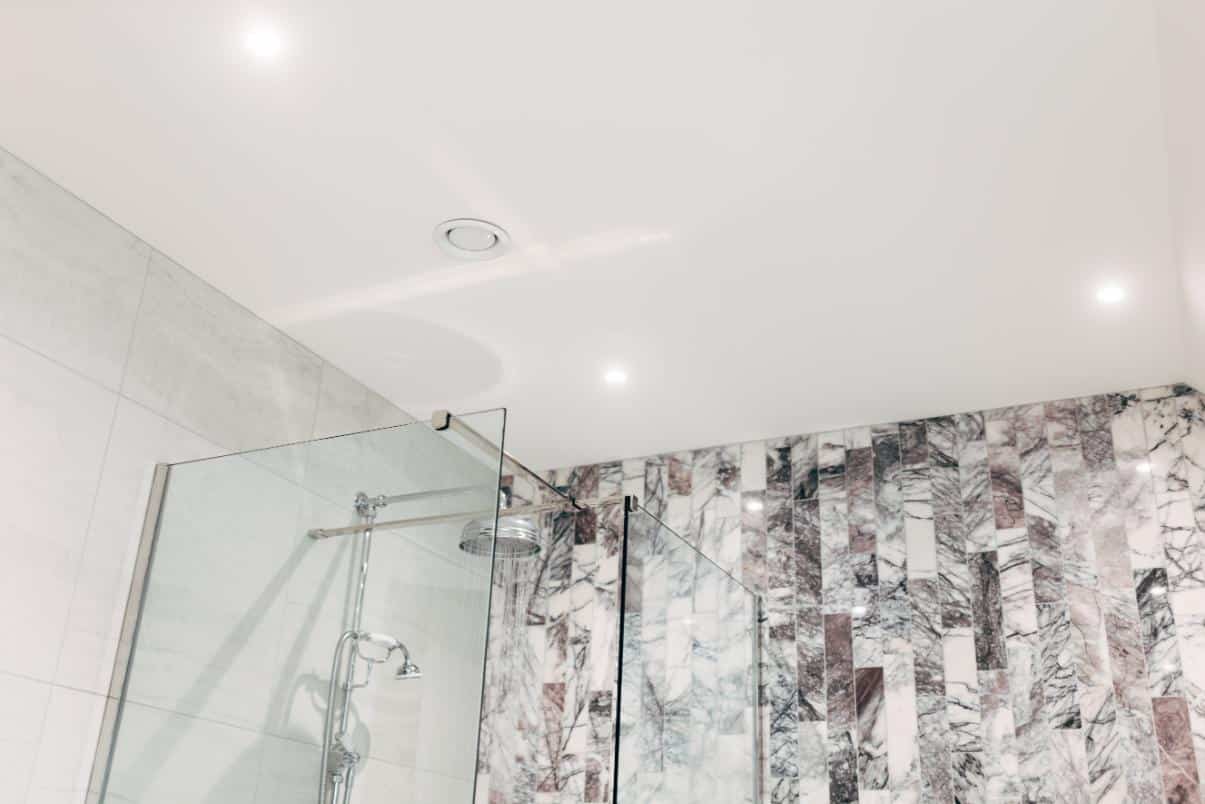
As this is an extraction system, you will also need an additional form of ventilation so air can come into the home. There are 2 options for this:
- A flow of fresh air from outside can be supplied by a Positive Input Ventilation unit/s
- Window trickle vents to match the boost extract from the MEV fan.
Overall, the combination of this system with a Positive Input Ventilation System (PIV) is a very good option for new build homes if Mechanical Ventilation with Heat Recovery (MVHR) is not an option, i.e due to budget restraints. You will still enjoy clean, fresh filtered air in your home but will not have the heat recovery element that MVHR provides.
Positive Input Ventilation (PIV)
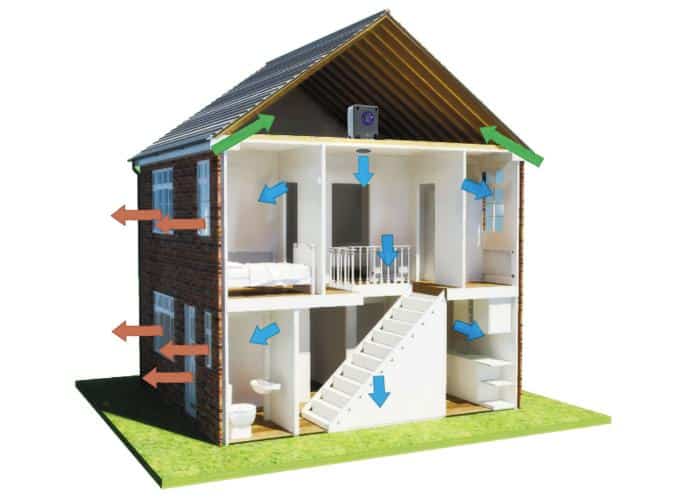
What Is Positive Input Ventilation?
A Positive Input Ventilation (PIV) System is an energy efficient compact ventilation unit that is designed to gently ventilate the home continuously from a central position on the landing or the central hallway. It is usually fitted in the roofspace.
How does Positive Input Ventilation work?
The units draw fresh air into the dwelling and filters it before being gently delivered into the property.
Moisture-laden air is diluted, displaced, and replaced with subtle fresh filtered air, forcing contaminants out of the property through leakages or extract points in wetrooms (if applicable).
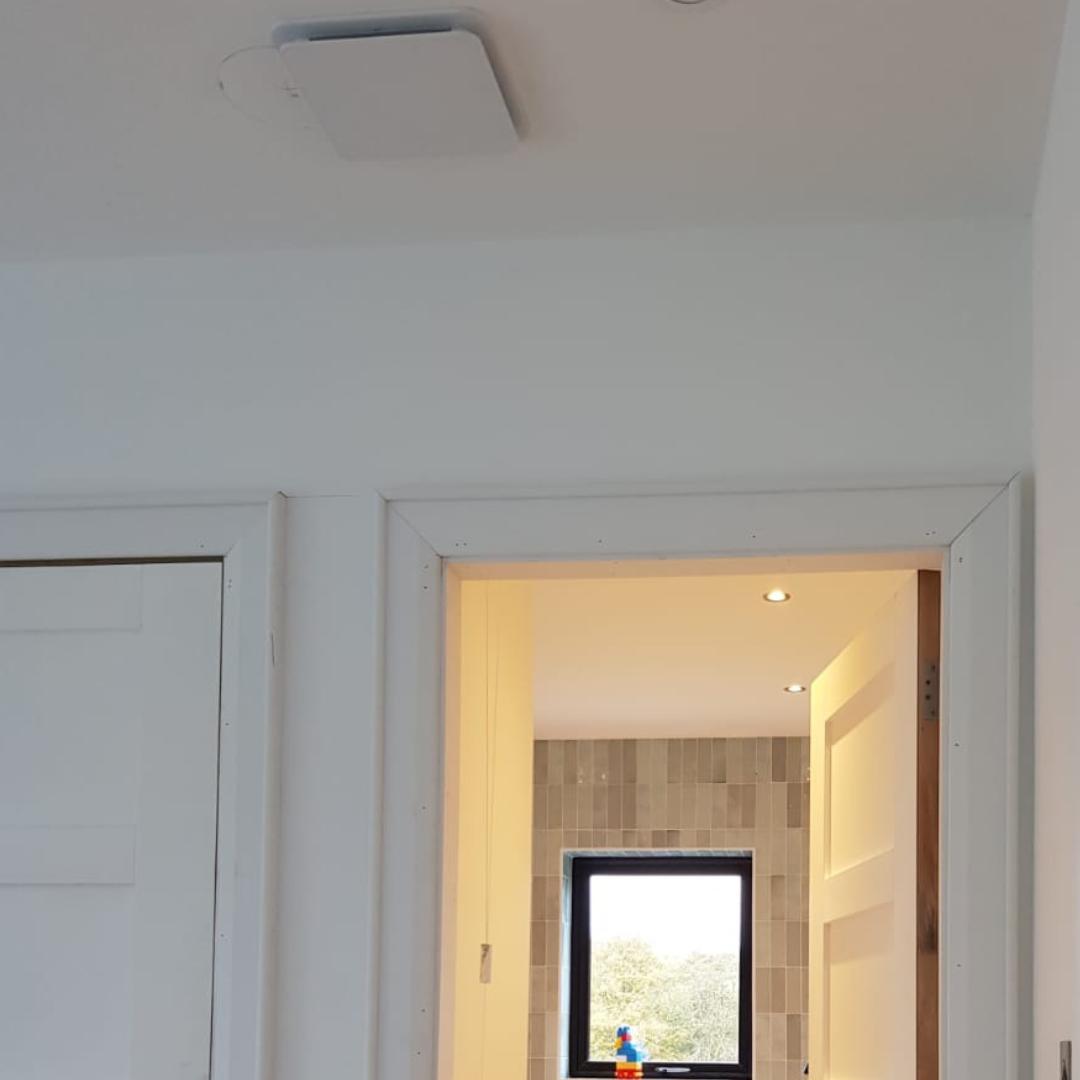
Is PIV the best method of ventilation for my new build home?
This system is the ideal solution for condensation and mould issues in existing homes with poor ventilation. PIV systems prevent streaming windows and help remove musty odours.
It is sometimes the chosen method of ventilation for new build homes alongside the Mechanical Extract Ventilation System mentioned above, or extractor fans.
To ensure minimum whole dwelling ventilation rate is reached, multiple PIVs are required when a house is greater than 130m2 / 1400sq.ft. (approx).
Passive Stack
What is Passive Stack?
A duct system comprising of grilles connected to near vertical ducts to ridge or roof terminals with 125mm ceiling vent in each bathroom connected to a roof vent.
Is this the correct method of ventilation for my new build home?
This method can be used in residential homes but is considered more applicable for commercial buildings.
Basic Background Ventilation
What is Background Ventilation?
Background ventilation includes natural leakages, window trickle vents and extractor fans.
How does Background Ventilation work?
This is traditional basic ventilation whereby air flows in and out of the home via trickle vents in the windows and extractor fans which are fitted in all wet rooms (kitchens, bathroom, utility) and ducted directly to outside via holes in the wall.
Is background ventilation the correct method for my new build home?
This method of ventilation has become less popular in recent years as window trickle vents and bathroom extractor fans are often counter-productive to the quest for an airtight home.
Hopefully you now have a better idea of the method of ventilation you would like for your new home. For more information and to discuss the option that suits your new home and budget, get in touch with BEAM’s ventilation experts today.

